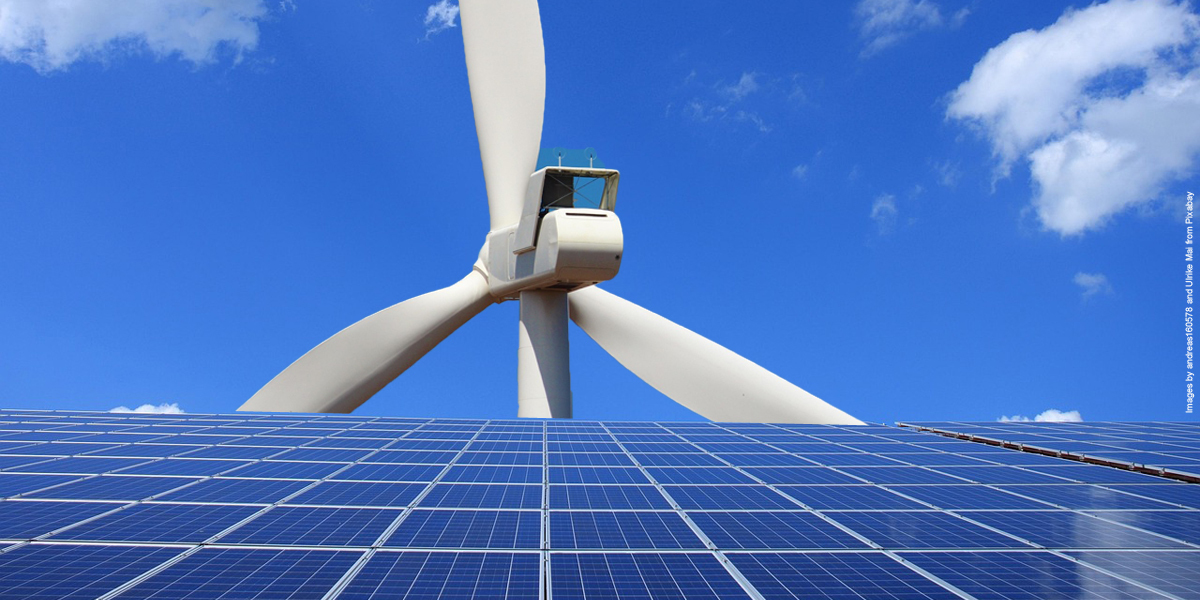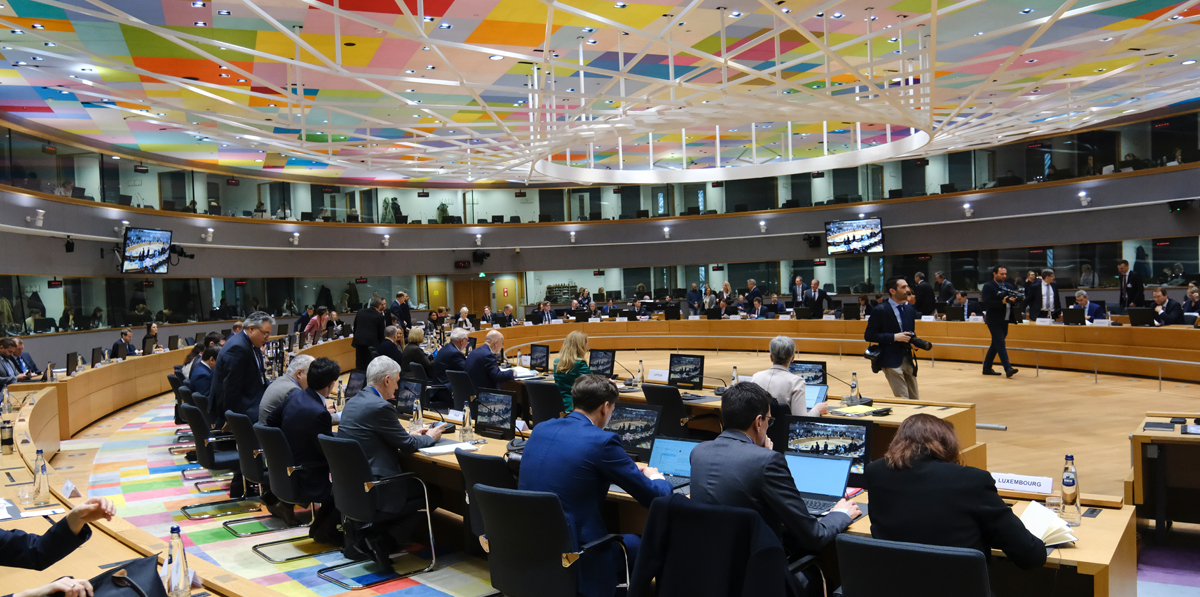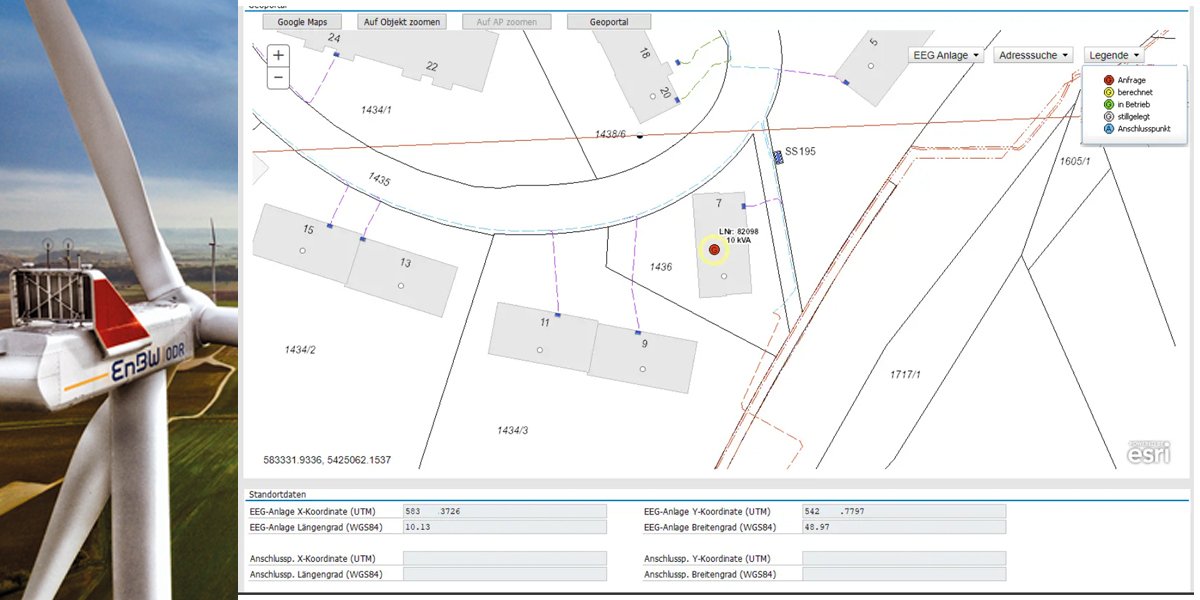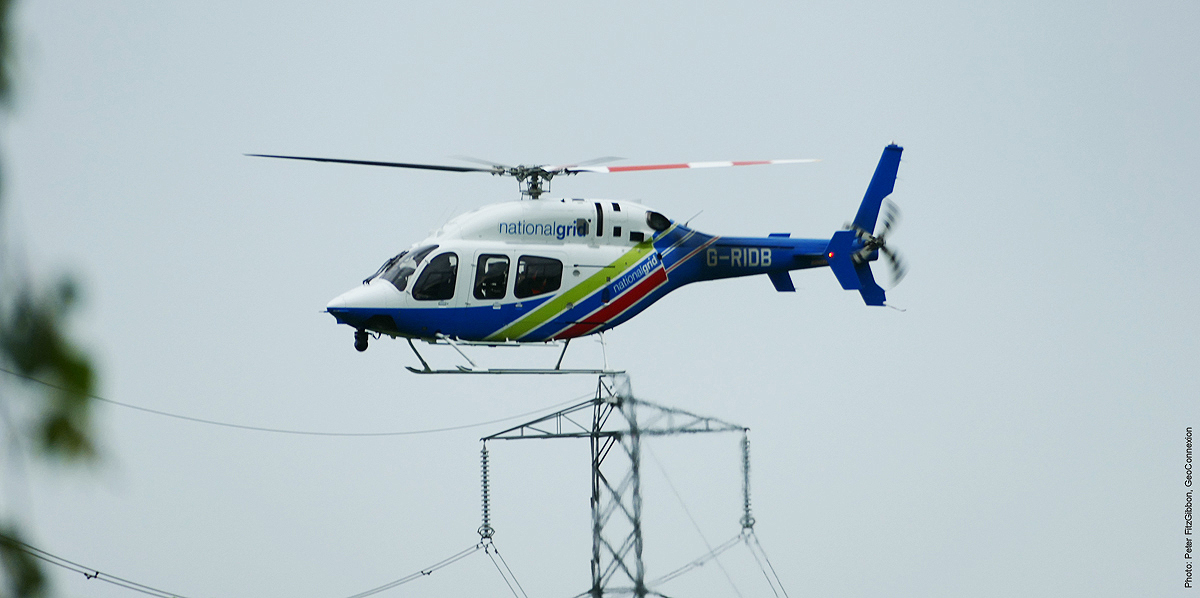Christoph Spörri explore how Geographic Information Systems can help them meet the challenges of decarbonisation and grid modernisation

In 2025, the large-scale integration of renewable energy sources will continue across Europe, with solar power generation predicted to increase by 20% year-on-year, contributing to a record number of negative power prices across Europe.
The overall volatility in energy prices, especially due to factors like fluctuating demand, geopolitical instability and global commodity prices, is a concern for utilities. Additionally, the rising costs of raw materials, coupled with the need for infrastructure investment to support the energy transition, will continue to put a strain on power utilities’ financial health.
This is all further complicated by the ongoing reforms across the European energy market. It is hard for power utilities to manage financial risk in such an unstable market environment. Therefore, hedging energy prices and managing exposure to international commodity markets as well as navigating price cap policies and energy subsidiary mechanisms are all concurrent issues that power utilities must contend with.

Ambitious decarbonisation targets
Despite these challenges, European power utilities are still committed to ambitious decarbonisation targets, focusing on transitioning to renewable energy sources, increasing energy efficiency, and reducing carbon emissions. This transition will involve several hurdles, including significant investments in new infrastructure (such as wind, solar, and energy storage systems), as well as managing the sporadic nature of renewable energy sources and ensuring grid stability – all while reducing reliance on fossil fuels.
Scaling up renewables while maintaining grid reliability and delivering electrification of sectors such as transportation, heating, and industry, are another challenge. Utilities are also exposed to political and regulatory complexities specific to each country they operate in.
The existing grid infrastructure in many parts of Europe is ageing and was not designed to accommodate the decentralised nature of renewable energy generation, such as roof-mounted solar panels or wind farms. Power utilities need to invest in modernising the grid to handle a greater influx of renewable energy, integrate decentralised production, and facilitate new forms of consumption such as electric vehicles and home energy systems.
This is driving the need for smart grid technologies to enable better demand-response and real-time grid management. This will also help to address grid congestion and more effectively balance supply and demand, as well as expand interconnection and cross-border electricity trade within Europe.
Meeting new challenges while maintaining operational efficiencies
In 2025 and beyond, power utilities will need to address these interconnected challenges while maintaining operational efficiency, meeting customer expectations, and supporting the broader goals of energy security, sustainability, and economic stability. Strategic investments in digital infrastructure, energy storage, grid modernisation, and regulatory compliance will be crucial to navigating this complex landscape.
Faced with these multi-faceted challenges, how can Geographic Information System (GIS) technology help power utilities grapple with energy transition, decarbonisation, and modernisation?
GIS technology plays a critical role, enabling utilities to collect, analyse, and visualise spatial data, which is essential for optimising their infrastructure, operations, and decision-making processes. GIS helps identify optimal locations for renewable energy projects like solar farms and wind turbines by analysing environmental factors, land use, and proximity to existing infrastructure.
Utilities can use GIS to assess areas with high renewable potential and plan their energy generation assets accordingly. It can also aid in mapping out the grid and integrating renewable energy sources by helping utilities visualise and plan the most efficient connections between decentralised energy production and consumers. It supports the integration of intermittent renewable energy by optimising grid layout and identifying areas where energy storage systems should be deployed.
How GIS helps power utilities to decarbonise the grid
Power utilities can use GIS to model various scenarios for decarbonising the grid, from the expansion of renewable energy to electric vehicle infrastructure. It allows organisations to simulate the impact of new policies and energy mixes on emissions reduction and system reliability.
Additionally, GIS is essential in the rollout and management of smart grids, which require detailed mapping of energy flow, asset management, and real-time system status. With GIS, energy utilities can visualise the status of the grid in real time and improve their response times to outages or supply-demand imbalances.

Furthermore, organisations can leverage GIS to map and manage all grid assets—transformers, substations, and power lines—across a region. This enables more effective maintenance planning, condition monitoring, and long-term asset lifecycle management, ensuring that grids are resilient to the integration of new, decentralised energy sources.
GIS technology can also help utilities identify areas of grid congestion or bottlenecks that might prevent the smooth integration of renewable energy or electrified sectors like transport and heating. This allows for targeted investments in infrastructure upgrades or adjustments in energy routing.

Analysing patterns for more effective pricing strategies
With GIS, utilities can also analyse energy demand patterns geographically, enabling more effective pricing strategies and energy distribution. By identifying areas with fluctuating demand or excess grid capacity, they can better forecast energy needs, manage energy workflows between countries and optimise pricing models. Likewise, it can be used to plan where to invest in infrastructure upgrades based on energy demand trends.
Finally, it can provide insights into supply and demand across different regions, enabling utilities to make better-informed decisions regarding energy trading and pricing. Visualising market conditions and grid health in real time helps reduce the impact of price fluctuations.
GIS is a powerful tool for the energy sector. It can help entities overcome several of the complex challenges associated with the energy transition and grid modernisation. By providing detailed spatial insights into infrastructure, energy demand, and environmental factors, GIS enables more informed decision-making, optimised planning, and improved operational efficiency.
Ultimately, GIS is the backbone for utilities as they move toward smarter, more resilient, and sustainable energy systems.
Christoph Spörri is Product Director Utilities at VertiGIS, a UK-based developer of powerful spatial asset management solutions for customers in the telecommunications, energy utilities, FM and AEC sectors worldwide
Subscribe to our newsletter
Stay updated on the latest technology, innovation product arrivals and exciting offers to your inbox.
Newsletter

